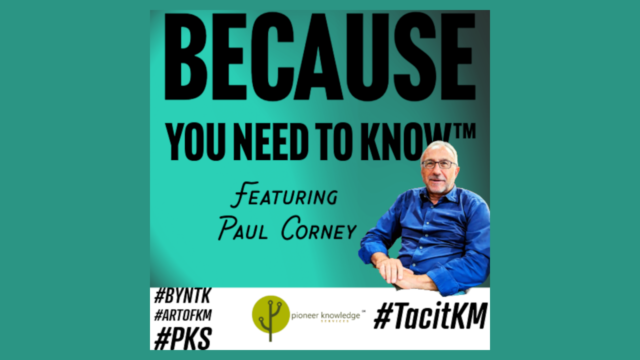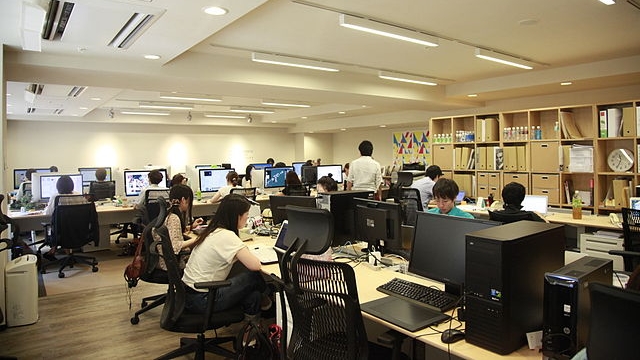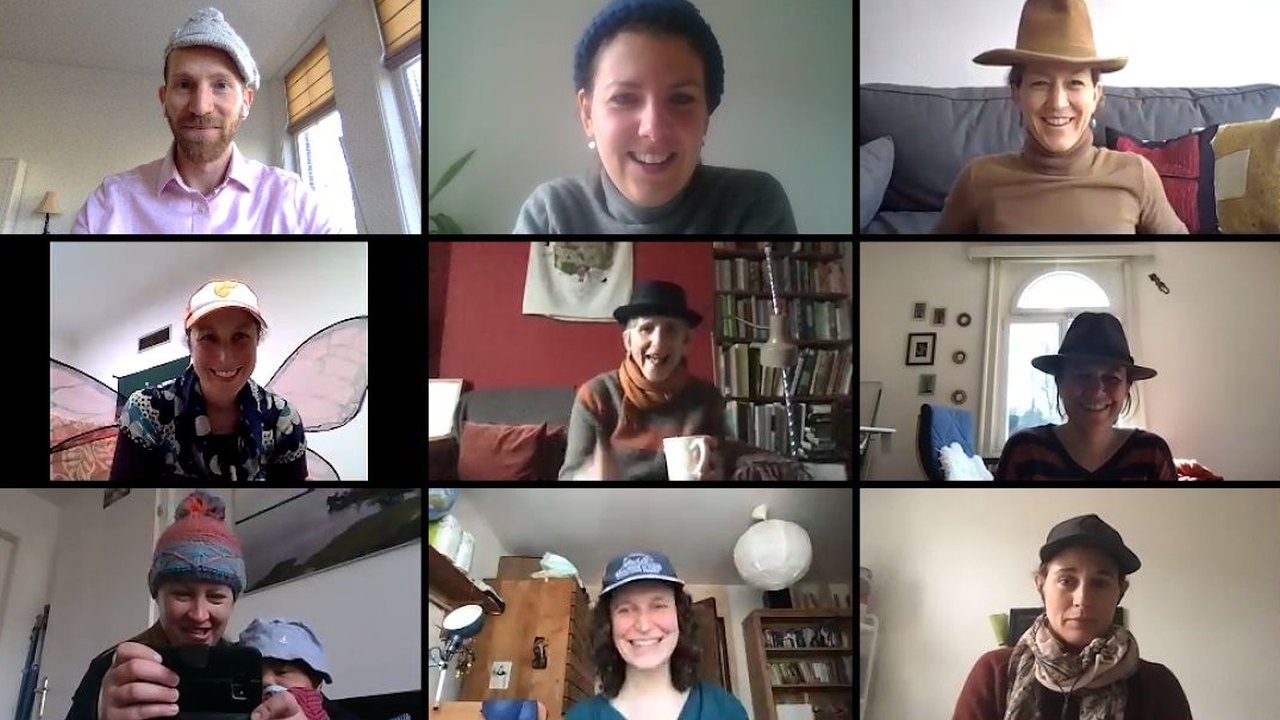
Open-plan offices are bad, but physically similar co-working spaces are good. Why?
In RealKM Magazine this week we have two articles that at first glance may appear to be communicating conflicting information.
Open-plan offices have grown in popularity because of a desire to increase employee interaction and collaboration. However, in the article “A new study should be the final nail for open-plan offices”, Libby Sander reports on research showing that open-plan office environments can actually have negative impacts on collaboration1.
Co-working spaces have also grown in popularity for the same reason, but as Adi Gaskell reports in the article “How effective are co-working spaces at promoting collaboration?”, co-working spaces do support collaboration and creativity2.
The same thing happened in early March this year, whem Adi Gaskell published the article3 “How open plan offices strangle collaboration”, and I published the article4 “Factors that influence collaborative capability in co-working spaces.”
Open-plan offices and co-working spaces are physically similar, so why is there a significant difference in the outcomes that they achieve? This question can be answered by a closer look at the four articles and some other research.
A matter of choice
The first reason for the significant difference in the outcomes achieved in open-plan offices and co-working spaces is that in co-working spaces, people choose to be there, while in open-plan offices this environment has been decided by the employer. As Libby Sander’s article alerts, many employees find that their privacy and ability to concentrate are compromised in open-plan offices, and as a result they suffer job dissatisfaction.
The right place at the right time
As Adi Gaskell’s co-working article alerts, co-working spaces are most effective for the particular tasks that benefit the most from collaboration. Open-plan offices can also help employees with connected tasks.
This finding is echoed in a previous article5 from Adi Gaskell, which advises that whether isolation or an open-plan environment is best “all depends on the stage of the innovation process, or in other words, whether you’re looking for information or using that information to devise solutions.”
What can you do as an employer?
From an examination of the five papers referenced for this article (see below), the following recommendations are made:
- Only put employees in open-plan environments if open collaboration can help with the particular tasks they’re working on at the time.
- If you do make use of open plan environments, put some rules in place to help make those environments more effective and pleasant.
- When employees are working on tasks that require concentration, for example research or writing, provide quiet and private spaces for them to work, or let them work from home.
References:
- Bernstein, E. S., & Turban, S. (2018). The impact of the ‘open’ workspace on human collaboration. Phil. Trans. R. Soc. B, 373(1753), 20170239. ↩
- Toivonen, T., & Sørensen, C. (2018). The Creative Process in Coworking & Collaborative Work: Insights for Executives, Managers & Designers. ↩
- Otterbring, T., Pareigis, J., Wästlund, E., Makrygiannis, A., & Lindström, A. (2018). The relationship between office type and job satisfaction: Testing a multiple mediation model through ease of interaction and well-being. Scandinavian journal of work, environment & health, 44(3), 330-334. ↩
- Castilho, M. F., & Quandt, C. O. (2017). Collaborative Capability in Coworking Spaces: Convenience Sharing or Community Building?. Technology Innovation Management Review, 7(12). ↩
- Shore, J., Bernstein, E., & Lazer, D. (2015). Facts and figuring: An experimental investigation of network structure and performance in information and solution spaces. Organization Science, 26(5), 1432-1446. ↩






